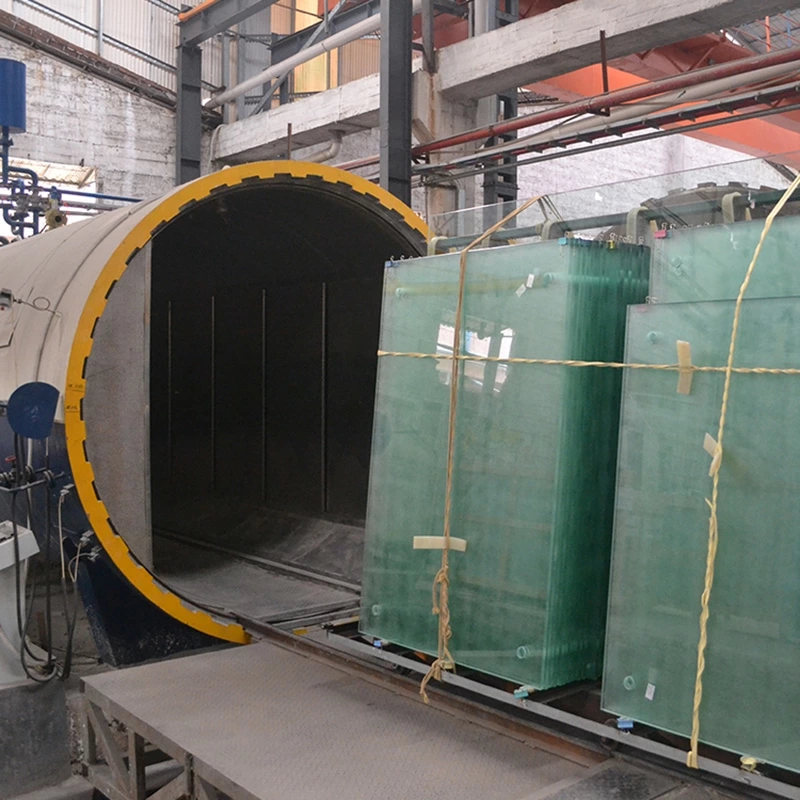In contemporary architectural design, there is a growing preference for using glass as a material for skylights, roofs, canopies, and awnings. Compared to traditional materials such as concrete, metal, or tiles, glass not only offers a modern aesthetic appeal but also excels in functionality and environmental adaptability. This article will delve into the advantages of using glass for these architectural elements and compare them with traditional materials to highlight their unique characteristics and value.

Advantages of Glass
1. Transparency and Natural Lighting
One of the primary functions of skylights and glass roofs is to provide natural light indoors, reducing the dependence on artificial lighting and creating a more comfortable indoor environment. Glass, by its nature, elegantly allows sunlight to penetrate deep into spaces, brightening them without sacrificing warmth and comfort.
2. Aesthetic Appeal and Modern Sensibility
Modern architecture favors minimalist, open, and transparent design styles. Glass skylights or roofs not only enhance the overall aesthetics of a building but also imbue it with a sense of modernity and uniqueness. Its transparency and light-reflecting properties give buildings a dynamic appearance that varies with different times of day and weather conditions.
3. Energy Efficiency and Thermal Performance
With increasing awareness of environmental sustainability, the energy efficiency of building materials has become crucial. Advanced glass technologies enable glass to provide excellent thermal insulation, reducing heat loss and reflecting solar heat, thereby lowering indoor cooling loads and saving energy and operational costs.
4. Sustainability and Environmental Benefits
Glass is a recyclable material that aligns well with environmental conservation efforts. By using sustainably sourced glass and advanced manufacturing techniques, the consumption of natural resources can be minimized, and the environmental impact of buildings can be significantly reduced.
5. Strength and Safety
Advancements in modern glass technology, such as laminated glass, greatly enhance its resistance to wind pressure and impact. Particularly in regions prone to extreme weather conditions, glass maintains its structural integrity, providing reliable safety.
Compared to Other building materials:
The glass has the following advantages:
1.Comparison with Concrete:
Traditional concrete roofs often require more structural support and construction time. In contrast, glass skylights can provide broader vistas and a greater sense of space without adding excessive structural burdens.
2. Comparison with Metal Roofs:
Metal roofs typically do not match glass in terms of thermal conductivity and insulation performance. Moreover, metals may expand and contract under extreme temperature conditions, affecting their durability and stability.
3. Comparison with Tile Roofs:
While tiles excel in durability and waterproofing, their weight necessitates more complex structural designs to support them. They also cannot offer the light-transmitting and visual openness that glass provides.
Conclusion:
Glass skylights, roofs, and canopies not only enhance architectural aesthetics but also optimize energy efficiency and environmental performance, surpassing traditional materials like concrete and metal. With advancing technology, glass holds significant promise for the future of modern architecture.















